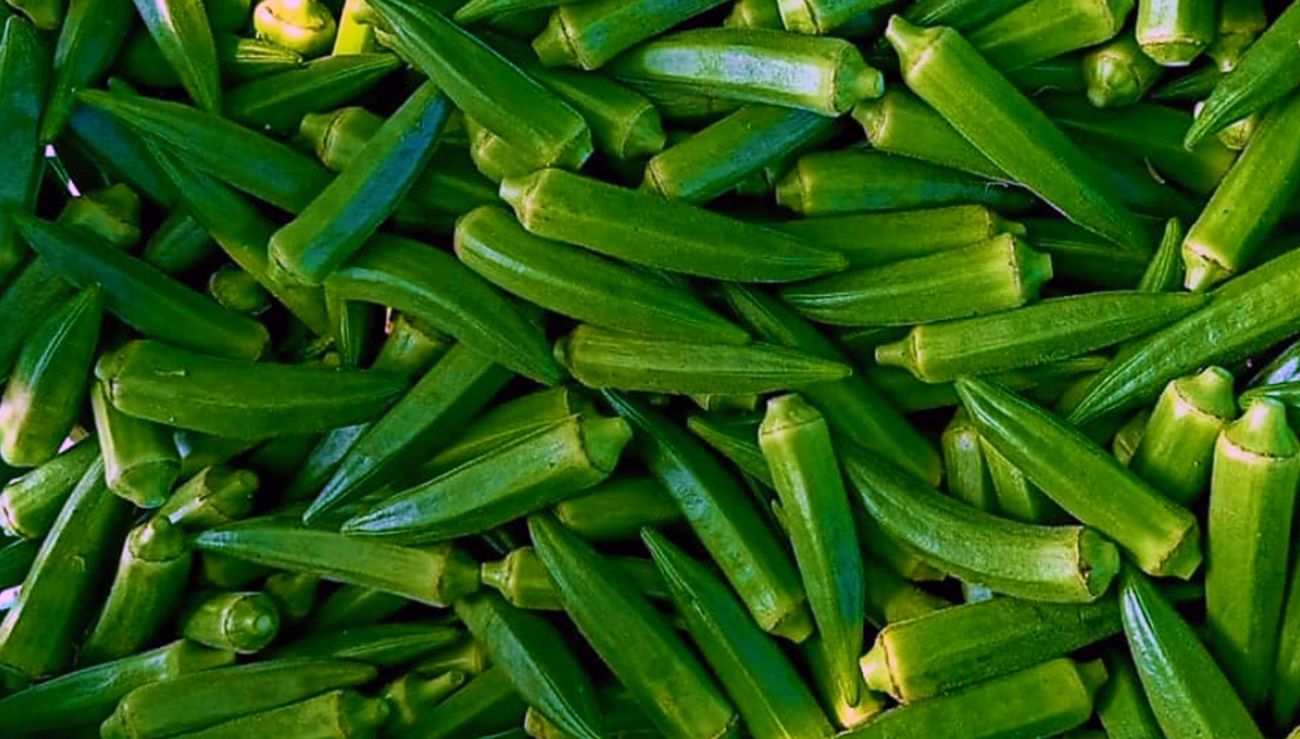Okro has a botanical name which is Abelmoschus esculentus. It is called in some English-speaking countries as lady’s fingers. Okro is a flowering plant in the mallow family native to East Africa.

It contains edible green seed pods. Cultivated in tropical, subtropical, and warm temperate regions around the world, okra is used in the cuisines of many nations.
In addition to making mouth-watering meals, okro has numerous health benefits that would make you want to add it to your menu. It is an amazing alternative for managing many health issues through medically tailored meals called therapeutic meals or medically tailored groceries also called food “farmacies”.
Uses and Benefits of Okro
Here are the benefits of Okro:
1. Nutrition
Raw okra has 90% water, 2% protein, 7% carbohydrates, and negligible fat. In a 100-gram reference amount, raw okra is a rich source (20% or more of the Daily Value, DV) of dietary fiber, vitamin C, and vitamin K, with moderate contents of thiamin, folate, and magnesium (table).
2. Culinary
Okra is one of three thickeners that may be used in gumbo soup from Louisiana. Fried okra is a dish from the Cuisine of the Southern United States.
In Cuba and Puerto Rico, the vegetable is referred to as quimbombó, and is used in dishes such as quimbombó guisado (stewed okra), a dish similar to gumbo. It is also used in traditional dishes in the Dominican Republic, where it is called molondrón.
In Brazil, it is an important component of several regional dishes, such as Caruru, made with shrimp, in the Northeastern region, and Frango com Quiabo (Chicken with Okra) and Carne Refogada com Quiabo (Stewed meat with Okra) in Minas Gerais.
In South Asia, the pods are used in many spicy vegetable preparations as well as cooked with beef, mutton, lamb, and chicken.


Leave a Reply